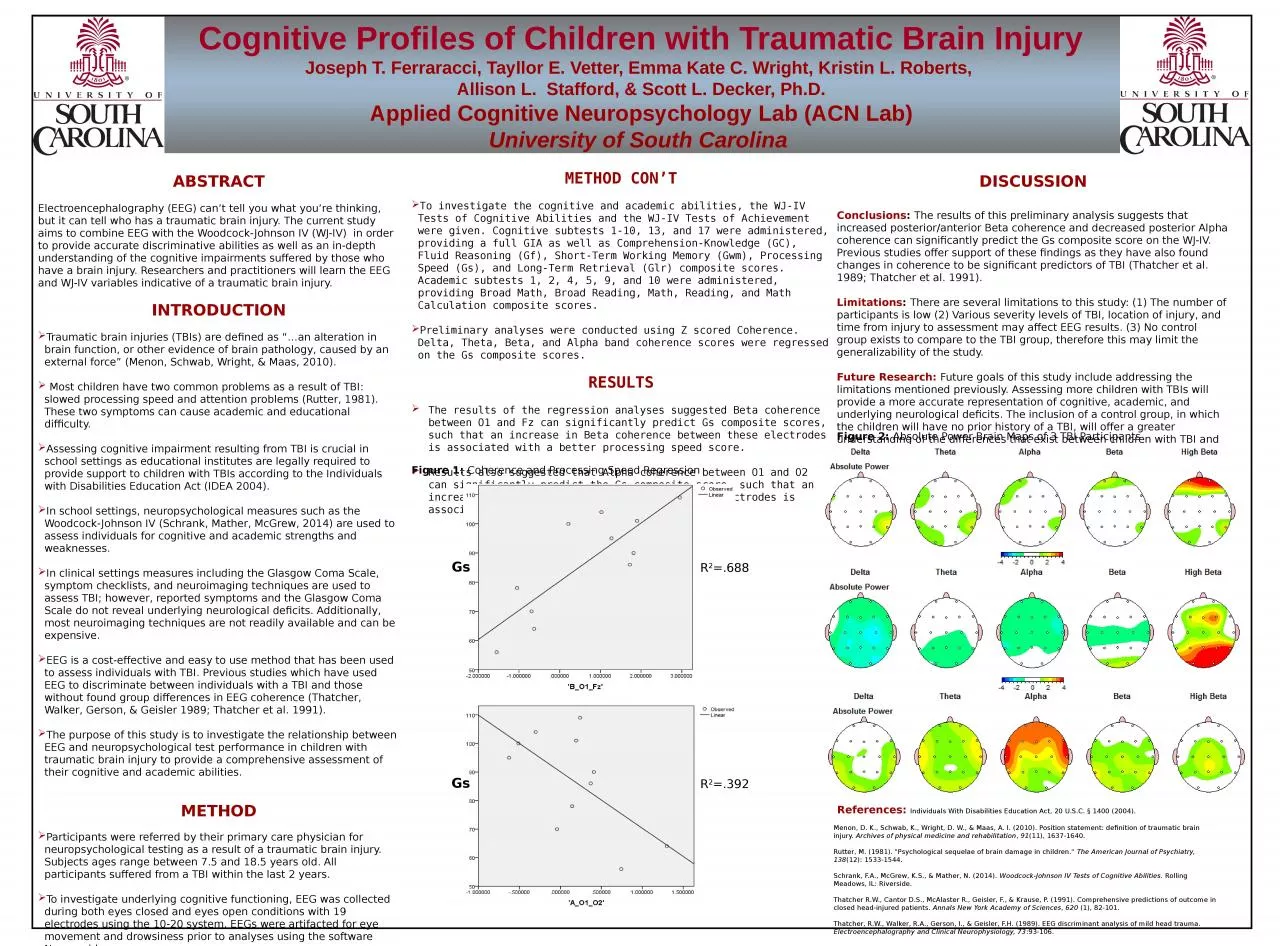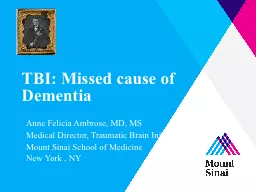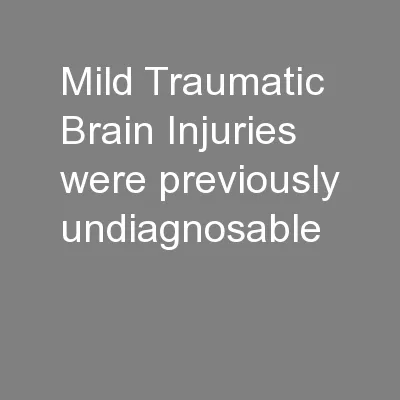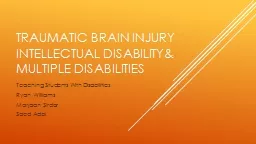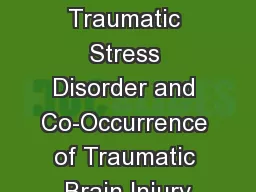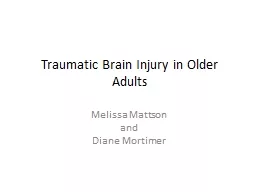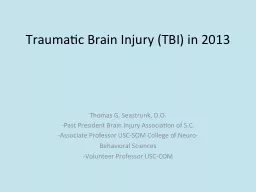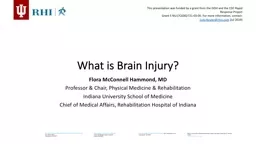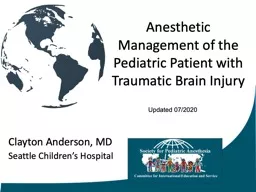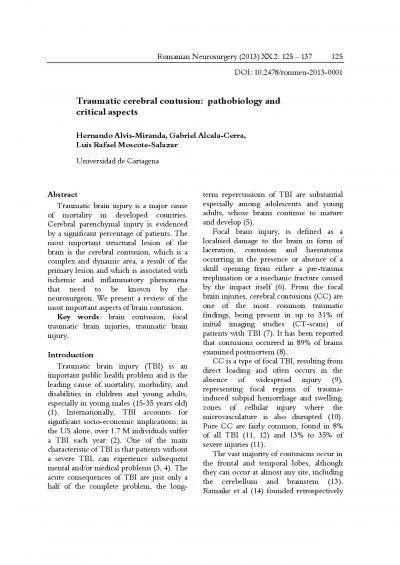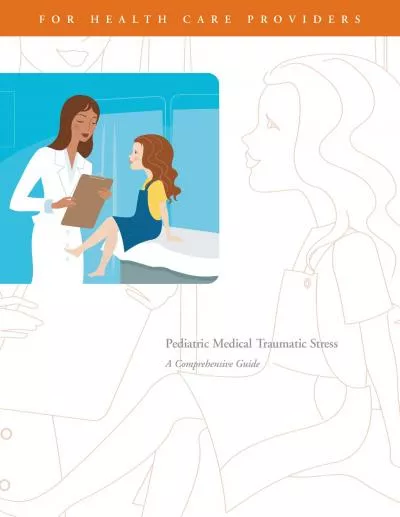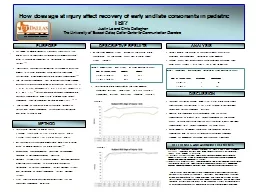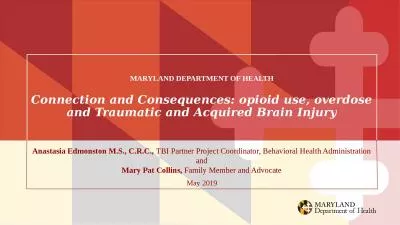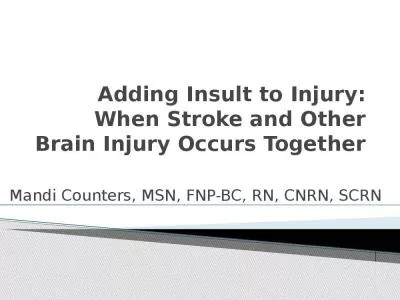PPT-Cognitive Profiles of Children with Traumatic Brain Injury
Author : linda | Published Date : 2024-02-03
Joseph T Ferraracci Tayllor E Vetter Emma Kate C Wright Kristin L Roberts Allison L Stafford amp Scott L Decker PhD Applied Cognitive Neuropsychology Lab ACN
Presentation Embed Code
Download Presentation
Download Presentation The PPT/PDF document "Cognitive Profiles of Children with Trau..." is the property of its rightful owner. Permission is granted to download and print the materials on this website for personal, non-commercial use only, and to display it on your personal computer provided you do not modify the materials and that you retain all copyright notices contained in the materials. By downloading content from our website, you accept the terms of this agreement.
Cognitive Profiles of Children with Traumatic Brain Injury: Transcript
Download Rules Of Document
"Cognitive Profiles of Children with Traumatic Brain Injury"The content belongs to its owner. You may download and print it for personal use, without modification, and keep all copyright notices. By downloading, you agree to these terms.
Related Documents

